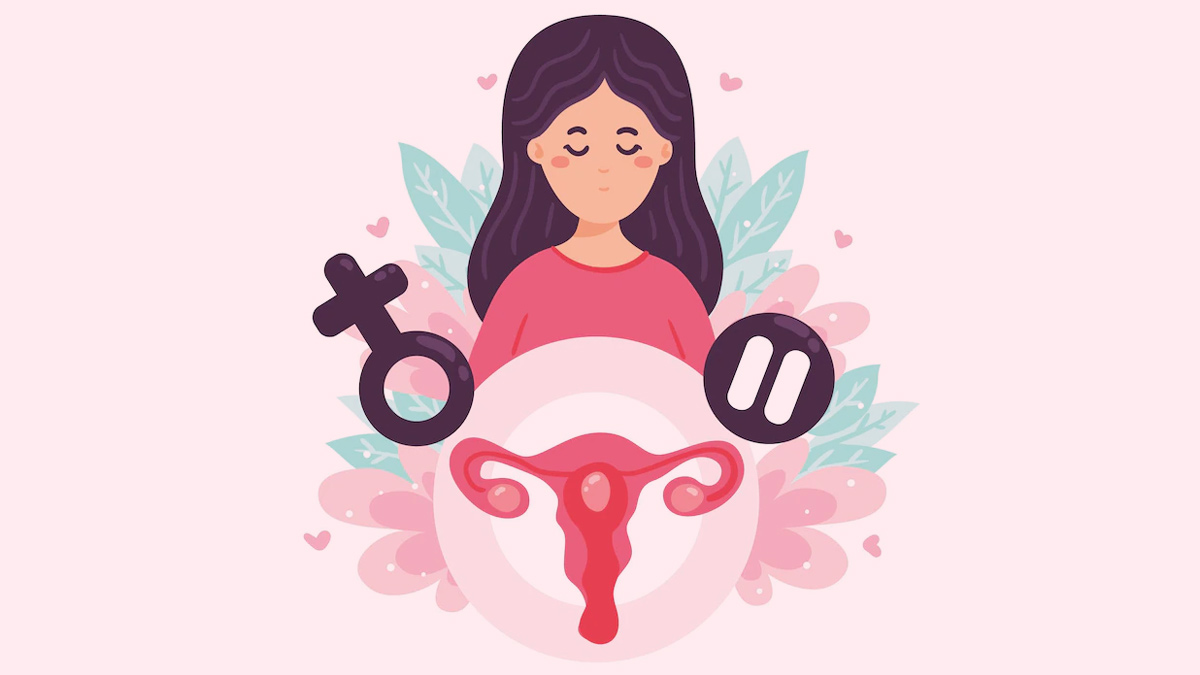
A woman's everyday activities can be significantly impacted by dysmenorrhea, which is characterised by painful cramps during the first few days of the period.
Talking to OnlyMyHealth, Amisha Nakra, senior Dietitian at Diet2nourish explains how period cramps can be managed. There are some dietary changes that you can follow to control excruciating period cramps.
Table of Content:-
According to the dietitian, certain fruits and vegetables like pomegranate, beetroot, and green leafy vegetables like spinach, kale, cauliflower, broccoli, and cabbage, can help to manage iron deficiency that occurs during periods. Some citrus fruits rich in vitamin C like orange, lemon, strawberries, amla, etc. can also be added to the diet as they act as natural antioxidants which neutralize the free radicals that trigger period cramps in the body. Also, legumes, nuts, and whole grains can help to lessen cramps.
Avoiding animal products including milk, red meat, and other oils that increase estrogen levels is advised. When estrogen levels in the body rise, the probability of an abnormal thickening of the uterine lining increases. To lessen the contractions in the wall of the uterus, one must also consume minerals like magnesium, fibre, vitamin B, and calcium.
Follow Seed Cycling
To support a healthy balance of estrogen and progesterone levels, seed cycling is the practice of consuming particular seeds during the two main phases of your menstrual cycle (follicular and luteal). It is a mild and all-natural method that helps in controlling period cramps and stimulating menstruation if it is absent (amenorrhea). Seed cycling involves eating flax seeds, pumpkin, sesame, and sunflower seeds at different times of the month in order to balance certain hormones.
Also read: 5 Changes That Happen In Your Menstrual Cycle As You Age
Anti Inflammatory Foods
Omega 3 Fatty Acids
Omega 3 fatty acids are one such food with anti-inflammatory properties. A significant study suggests that omega-3 fatty acids may be useful in reducing menstruation pain.
Menstrual discomfort can be reduced by the omega-3 in fish oils since it has a built-in anti-inflammatory effect. Your health is maintained by omega-3s in a variety of essential ways. Furthermore, these include maintaining good vision, lowering your chance of developing chronic illnesses like heart disease, and enhancing cognitive function.
Turmeric and ginger
Turmeric and ginger increase non-steroidal anti-inflammatory drug effects, which makes them more effective against period cramps.
Additionally, turmeric helps ease your tension and stop uncomfortable uterine contractions. When cramps start, you can add turmeric as a spice to your food or to your ginger tea.
Ajwain and Garlic water
One can consume warm ajwain or garlic water to overcome the bloating due to which cramps can occur.

Dark Chocolates
Iron and magnesium, which are found in dark chocolate, aid to ease contractions. During your period, 40 to 120 grams of dark chocolate per day may help ease the pain. This is likely due to the fact that dark chocolate contains a lot of magnesium, which helps to relax muscles and relieve pain and reduce the prostaglandin which triggers menstrual cramps.
Also read: Unhygienic Menstrual Practices You Need To Force Stop
Stay Hydrated
Having enough water throughout the day is very necessary as most women tend to get dehydrated during periods which triggers headaches and menstrual cramps. Highly hydrating fruits and vegetables like watermelon, melon, cucumber, celery, tomato etc can be added to the diet.
Food To Avoid
Too Oily, salty and spicy foods should be avoided. Prefer mildly flavoured and adequately cooked foods.
Processed foods, butter, refined oil, and maida should be avoided, and instead of these one should include good fats like nuts (almonds, walnuts, etc) coconut oil, olive oil, fatty fish (salmon), avocados, etc.
Overconsumption of coffee, tea or alcohol also trigger menstrual pain. One can opt for some healthy alternatives like green tea, ginger tea, mint tea, and chamomile tea.
Also, avoid long sitting hours as this can cause constipation, bloating, and gastric issues which are secondary causes of menstrual pain.
Gentle walking and light yoga along with some breathing exercises also relax the uterus and calm down the contractions in the uterus faced by women during their periods.
Also watch this video
How we keep this article up to date:
We work with experts and keep a close eye on the latest in health and wellness. Whenever there is a new research or helpful information, we update our articles with accurate and useful advice.
Current Version
